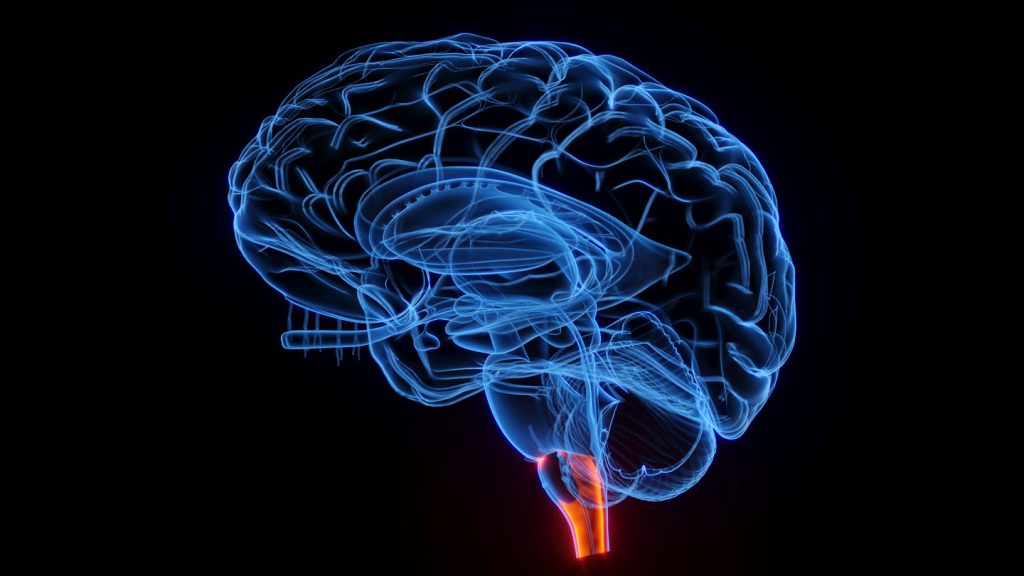Cachexia is a condition that causes muscle wasting and severe weight loss in people with advanced cancers. A new study conducted on mice has shown promise in reversing cachexia by blocking an immune protein in the brain that regulates body weight. The mice in the study showed improvements in their condition, including increased eating and drinking, as well as gaining muscle mass.
The immune protein, interleukin-6, has been linked to cachexia in previous human research. However, blocking this protein throughout the entire body can lead to dangerous side effects, such as irregular heartbeat. To address this issue, the researchers targeted interleukin-6 specifically in the brain stem region called the area postrema, known for triggering vomiting.
By injecting interleukin-6 directly into the brain of mice with cancer and then applying an antibody to block the protein from interacting with nerve cells in the area postrema, the researchers observed a reversal of cachexia symptoms. They also utilized CRISPR gene editing to deactivate docking sites on the nerve cells. According to the study’s findings, these interventions seemed to be effective in reversing cachexia in the mice.
While the results are promising, the researchers recognize that translating these findings to humans may be more complex. The coauthor of the study, Tobias Janowitz, mentions that cachexia in people may involve additional factors not present in mice. However, lead researcher Bo Li is optimistic about the potential of this approach to offer hope for individuals suffering from cachexia, especially if a suitable treatment can be developed for human use.
Overall, this study offers a glimmer of hope for individuals with cachexia, a condition for which there is currently no cure. By targeting interleukin-6 in the brain stem of mice with cancer and observing positive results, the researchers believe that similar approaches may hold promise for human patients dealing with the devastating effects of cachexia. Further research and development are needed to determine the effectiveness and safety of such treatments in humans.


